.jpg)
Gardening pumps play a critical role in modern horticulture by ensuring efficient water distribution, optimal irrigation, and the sustainable maintenance of water features. With challenges such as water conservation and precise irrigation methods, a reliable pump can significantly improve garden productivity and plant health.
This guide explains how gardening pumps work, describes the various types available, and provides advice on selecting, installing, and maintaining the right pump for your garden. It covers key technical aspects such as pressure, flow rate, and energy efficiency, and considers practical factors like compatibility with drip irrigation, fountains, or rainwater tanks. The insights offered here are intended to help both professional landscapers and experienced gardeners make informed decisions that optimize water supply systems.
What Are Gardening Pumps and How Do They Work?
Gardening pumps are mechanical devices designed to move water for irrigation, fountains, or other water-dependent garden functions. They convert electrical energy into mechanical energy using an impeller to propel water through pipes. Similar to industrial pumps, they work on centrifugal force, creating the pressure needed to move water effectively. Their design—with components like a motor, impeller, and volute casing—is optimized to reduce energy loss while ensuring consistent water flow. Modern pumps are available as submersible, surface-mounted, or well pumps, each suited to different garden layouts and water sources.
Their proper operation is essential for maintaining soil moisture, supporting plant health, and managing water resources efficiently, especially in areas where water conservation is crucial.
What Types of Gardening Pumps Are Available?
The market offers several types of gardening pumps, each tailored for specific applications:
• Centrifugal Pumps – Use a rotating impeller to boost water velocity and pressure. They are efficient, easy to maintain, and commonly used for both irrigation systems and decorative water features such as fountains.
• Submersible Pumps – Designed to operate completely underwater, these pumps are ideal for draining ponds or supplying water in deep garden basins thanks to their self-priming ability and quiet operation.
• Surface Pumps – Mounted above ground, these pumps work well with shallow water sources, making them suitable for garden tanks and small reservoirs. They offer ease of maintenance though may require priming when water levels drop.
• Well Pumps – Specialized for extracting water from underground sources, these robust pumps are essential for properties that depend on well water. They are built to handle variable water levels and deliver consistent performance.
Understanding these types helps gardeners choose a pump that meets the necessary flow rate, pressure, and installation requirements for their garden.
How Do Submersible, Surface, and Well Pumps Differ?
Each type of pump offers distinct advantages depending on the application:
• Submersible Pumps – Engineered for full submersion, they are waterproof and self-priming, making them perfect for deep ponds and enclosed water features. Their quiet operation and durable construction protect against electrical hazards.
• Surface Pumps – Located above ground, they draw water from shallow sources such as tanks or small reservoirs. They are easier to inspect and repair, although they sometimes require manual priming if the water source is low.
• Well Pumps – Designed for deep underground water extraction, they are robust and reliable under varying operating conditions. These pumps focus on maintaining a steady water supply despite fluctuations in water levels.
Choosing the right pump depends on the water source, desired performance metrics like flow rate and pressure, and the overall garden layout.
What Are the Common Applications of Gardening Pumps?
Gardening pumps find use in several key areas:
• Irrigation – They ensure that water reaches every part of an expansive garden. When used with drip irrigation or sprinkler systems, pumps deliver water accurately to plant roots, reducing wastage.
• Decorative Water Features – For ponds, fountains, and waterfalls, a steady pump operation maintains continuous water circulation for both aesthetics and functionality.
• Rainwater Harvesting – Pumps distribute collected rainwater from tanks or cisterns throughout the garden, supporting sustainable and cost-effective irrigation practices.
• Soil Drainage and Preparation – In commercial landscaping, pumps help direct excess water away from sensitive areas, preventing plant stress and root diseases.
Their versatility makes them indispensable for both residential and larger agricultural projects where precise water management is needed.
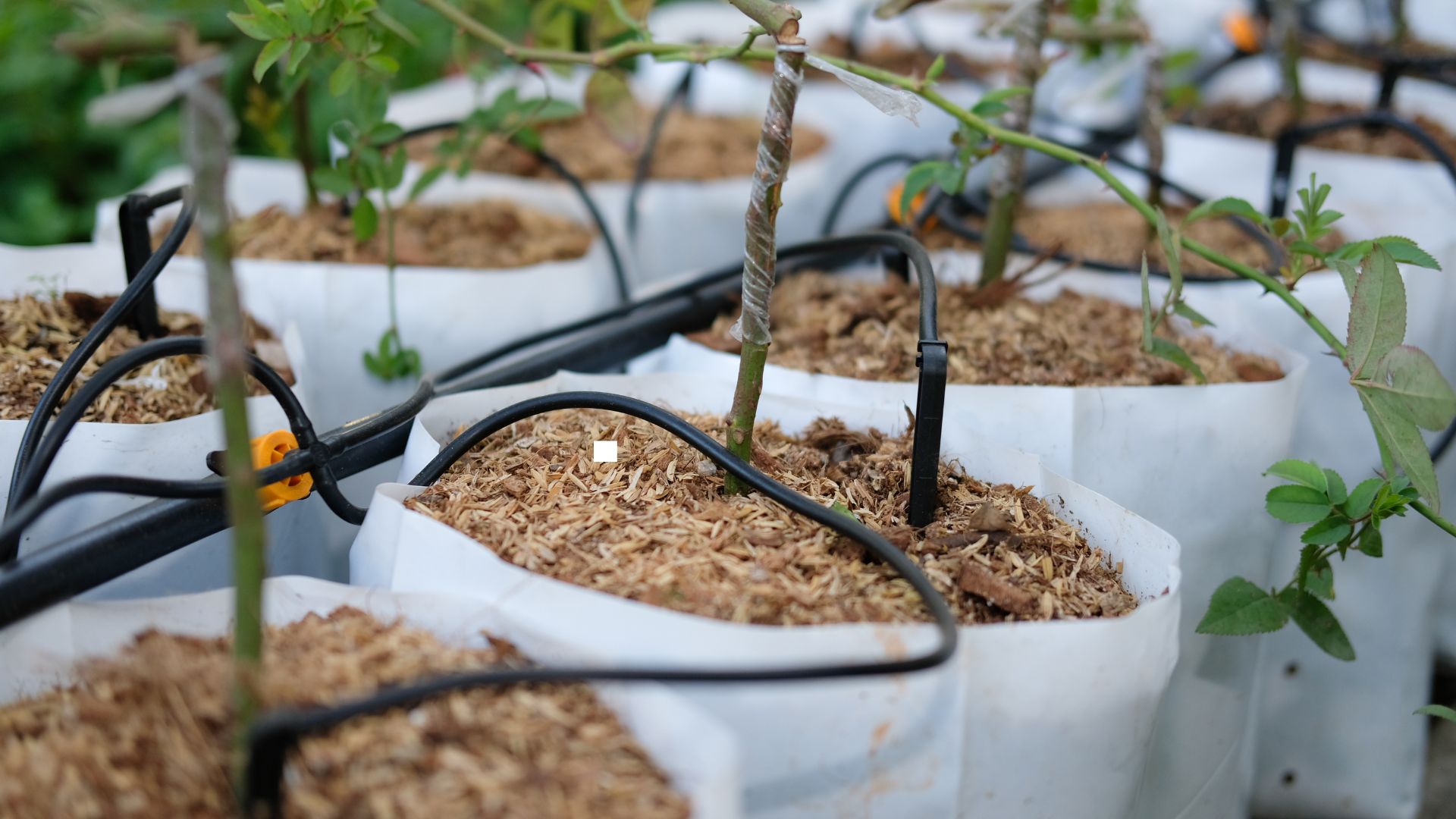
How to Choose the Right Gardening Pump for Your Needs?
Selecting the appropriate pump involves assessing several factors:
• Flow Rate and Pressure – Determine the volume of water (in gallons per minute) needed and the pressure (in PSI) required for your garden’s irrigation system or water feature. This often involves calculating the total head, which includes vertical lift and friction losses.
• Water Source – Identify whether the water is coming from a shallow tank, deep well, or pond. This decision influences whether a submersible, surface, or well pump is best.
• Energy Efficiency – Look for pumps equipped with energy-saving technologies such as variable frequency drives (VFDs) or brushless motors. These features lower operating costs and reduce the environmental impact.
• Durability and Maintenance – Consider material quality, corrosion resistance (important for steel components in contact with water and soil), and the ease of maintenance when selecting a pump.
• Cost and Warranty – Premium pumps may offer higher upfront costs but come with better warranties and customer support, ensuring long-term reliability.
Evaluating these factors ensures that the chosen pump meets the specific environmental and functional needs of your garden.
What Factors Should You Consider When Selecting a Gardening Pump?
Focus on the water source, require flow rate (in gallons per minute), and necessary pressure (PSI). Energy efficiency, durability (resistance to corrosion from soil and additives), noise level, and ease of installation and maintenance are critical. Compare technical specifications such as impeller design and motor power, and review warranty terms to ensure balanced performance and longevity.
How Do You Calculate the Proper Pump Size and Flow Rate?
Start by measuring the distance water must travel horizontally and vertically, along with considering friction losses in the piping. Sum these to determine the total dynamic head. Use pump performance curves or online calculators from manufacturers to match the specifications—ensuring that if the system requires, for example, 500 gallons per minute at a head of 50 feet, the pump chosen can deliver under real-world conditions.
What Are the Step-by-Step Instructions for Gardening Pump Installation?
1. Prepare the installation area by clearing debris and setting up a stable base.
2. For submersible pumps, immerse the unit in the water reservoir; for surface pumps, secure it in an accessible, ventilated spot.
3. Connect the intake and discharge pipes securely.
4. Follow local safety codes to properly connect electrical wiring and verify voltage compatibility.
5. Prime the pump by filling the system with water, eliminating any air pockets.
6. Execute a test run to check for leaks, abnormal sounds, or irregular pressure.
How Do You Perform Routine Maintenance on Different Pump Types?
• Submersible Pumps – Clean periodically to remove sediment from the impeller and casing.
• Surface Pumps – Inspect for corrosion, especially at fittings and electrical components, and replace seals as needed.
• Well Pumps – Regularly check water pressure and monitor components for wear due to varying water levels.
Routine lubrication, cleaning filters, and assessing wiring contribute to prolonging pump life.
How Can You Troubleshoot Common Gardening Pump Problems?
Common issues like failure to prime, decreased flow rate, or overheating can often be traced to air leaks, blockages, or worn impellers. Start by cleaning filters and inspecting seals and pipes. Verify that the pump is correctly aligned with its water source. If problems persist, refer to the manufacturer’s troubleshooting guide to identify potential motor or wiring faults. Regular preventive maintenance is key to avoiding the majority of these issues.
How Do You Winterize Your Gardening Pump to Prevent Damage?
In colder climates, winterizing your pump is essential. First, disconnect the power to prevent electrical hazards. Drain the pump and associated piping completely to avoid freeze damage. For submersible pumps, consider removing them from the water and storing them in a controlled environment. For surface pumps, disconnect all piping and, if possible, bring them indoors. Adding manufacturer-recommended antifreeze and insulating exposed parts can further protect the unit during winter months.
How Can Gardening Pumps Help You Save Water and Promote Sustainable Gardening?
Gardening pumps support sustainable gardening by providing precise water delivery that minimizes waste and enhances efficiency. Their compatibility with drip irrigation systems ensures that water is delivered directly to plant roots, reducing evaporation and runoff. Advanced pumps paired with smart sensors can adjust water flow based on current soil moisture levels or rainfall, conserving water in drought-prone periods. Coupled with renewable energy sources like solar panels, these pumps lower both energy consumption and environmental impact, making them a central component in sustainable garden management.
What Are Energy-Efficient Pump Technologies Available Today?
Modern energy-efficient pumps utilize variable frequency drives and brushless DC motors to optimize performance while reducing power usage. These innovations enable pumps to run only as fast as necessary, saving up to 30% energy compared to traditional fixed-speed models. Automated shut-off features and sensors that monitor operating conditions further ensure that energy is not wasted, integrating seamlessly with advanced irrigation systems.
How Do Gardening Pumps Integrate With Water-Saving Irrigation Techniques?
Gardening pumps enhance water-saving irrigation by providing a steady, low-pressure flow ideal for drip systems. They can be connected to soil moisture sensors and programmable timers, ensuring that water is applied only when and where it is needed. This targeted irrigation reduces evaporation and water waste while maintaining optimal soil moisture levels for healthy plant growth.
What Role Do Pumps Play in Rainwater Harvesting Systems?
In rainwater harvesting setups, pumps extract stored rainwater from tanks or cisterns and distribute it to irrigation systems or garden beds. They are designed to handle water with variable sediment levels, ensuring that even slightly unfiltered water is circulated efficiently. Smart controllers can adjust flow rates based on storage levels, minimizing waste and preserving every valuable drop of rainwater.
Table: Comparison of Gardening Pump Types and Their Key Attributes
Before discussing final aspects of sustainable gardening, consider this summary:
| Pump Type | Key Features | Typical Applications | Energy Efficiency Rating | Maintenance Frequency |
|---|---|---|---|---|
| Centrifugal Pump | Rotating impeller; high flow rate | Irrigation systems; fountains | High (with VFD options) | Annual check-up recommended |
| Submersible Pump | Waterproof; self-priming | Pond drainage; water features | Moderate | Clean filters every season |
| Surface Pump | Above ground; ease of maintenance | Shallow water sources; garden tanks | Moderate to High | Biannual inspection |
| Well Pump | Robust; deep water extraction | Residential wells; large landscapes | High | Routine service every 6-12 months |
| Booster Pump | Increases water pressure steadily | Pressure boosting for irrigation | Variable | Periodic calibration required |
This table reinforces the importance of matching pump type to specific water requirements and sustainability goals.
How to Install and Maintain Your Gardening Pump for Optimal Performance? (Continued)
Proper installation and timely maintenance are critical for efficiency. Position your pump to minimize hydraulic losses, ensure secure electrical wiring, and connect plumbing components correctly to avoid leaks. Following the manufacturer’s guidelines and adhering to a strict maintenance schedule will help prevent issues such as reduced flow rates, blockages, or energy inefficiencies, thereby extending the pump’s lifespan.
How Can Gardening Pumps Help You Save Water and Promote Sustainable Gardening? (Continued)
Integrating energy-efficient pumps into your garden’s irrigation design is key to water conservation. They allow for smart irrigation protocols—with sensors and modular drip systems—that automatically adjust operation based on rainfall and soil moisture. Connecting these pumps with rainwater harvesting systems further reduces reliance on municipal water supplies by using every drop of natural precipitation efficiently. This integration not only supports sustainable gardening but also minimizes the environmental impact of water management.
Frequently Asked Questions
Q: What is the role of an impeller in a gardening pump?
A: The impeller is the rotating part that creates centrifugal force, which drives water through the system. It directly influences the pump’s flow rate and pressure.
Q: How do I know if my pump is the right size for my garden?
A: Calculate the total dynamic head—combining vertical lift and friction losses—and refer to pump performance curves. This ensures the pump meets your garden’s flow rate and pressure requirements.
Q: Can energy-efficient pumps significantly reduce my electricity bills?
A: Yes. Motors with variable frequency drives and brushless designs can reduce energy consumption by up to 30%, leading to lower bills and a smaller carbon footprint.
Q: What maintenance procedures are essential for prolonging pump life?
A: Regularly clean filters and impellers, inspect electrical connections, lubricate moving parts, and perform scheduled inspections to prevent leaks and mechanical wear.
Q: How do gardening pumps integrate with drip irrigation systems?
A: They deliver a steady, low-pressure water flow directly to plant roots, reducing evaporation and ensuring efficient soil moisture management.
Q: Is it difficult to winterize my gardening pump for colder climates?
A: Winterizing involves disconnecting power, draining the system completely, and adding antifreeze if necessary. Some pumps may need to be stored indoors to prevent freeze damage.
Q: Can gardening pumps be used for both irrigation and decorative water features?
A: Absolutely. Modern gardening pumps are versatile and adjustable, making them suitable for both irrigating gardens and powering decorative elements like fountains and waterfalls.
Final Thoughts
Gardening pumps are essential for modern horticulture, offering precise water management that supports both efficient irrigation and attractive water features. By understanding the various pump types, selecting a model based on your garden’s needs, and ensuring proper installation and regular maintenance, you can significantly enhance water conservation and overall garden performance. Investing in energy-efficient and sustainable pump technologies not only reduces operational costs but also helps protect the environment—making them indispensable tools for any modern garden.



 Aquariums & Supplies
Aquariums & Supplies
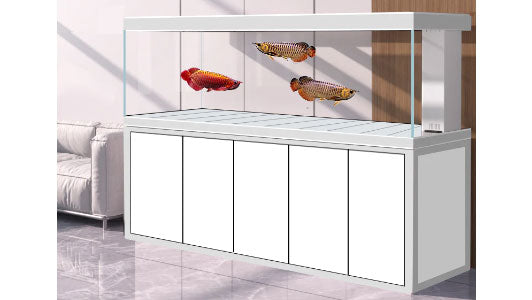

 Coral Reef Aquariums & Supplies
Coral Reef Aquariums & Supplies
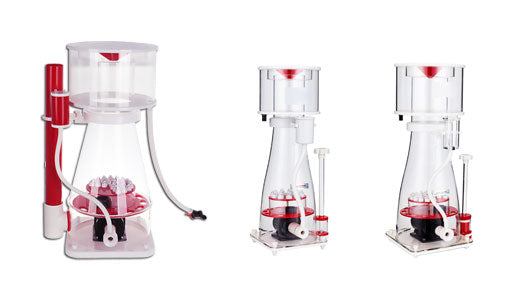

 Garden & Hydroponics & Landscape
Garden & Hydroponics & Landscape
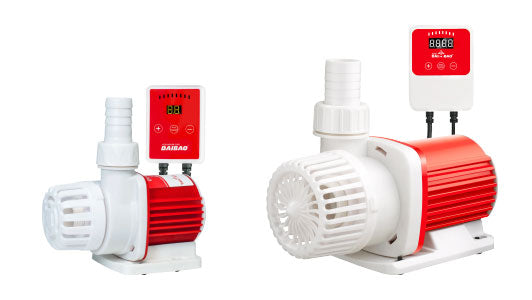

 Ponds & Fountains & Waterfalls
Ponds & Fountains & Waterfalls
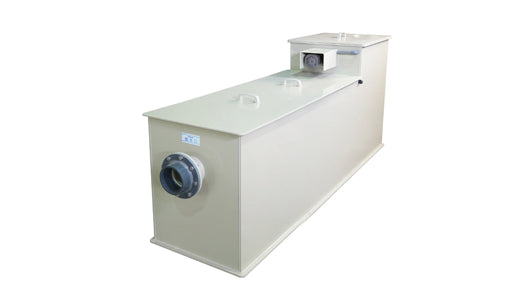

 Drum Pond Filter
Drum Pond Filter
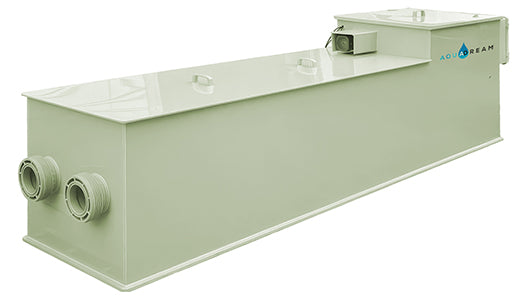
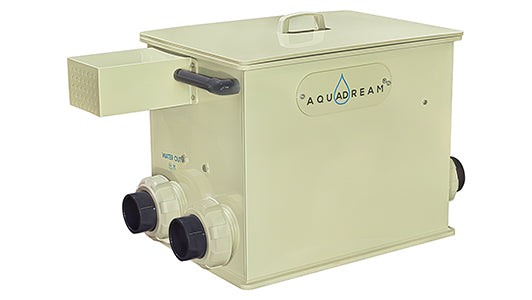

 Community
Community
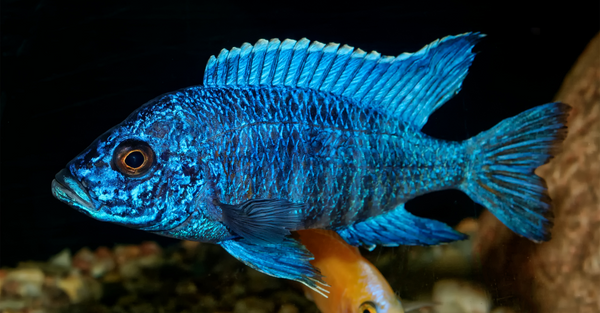
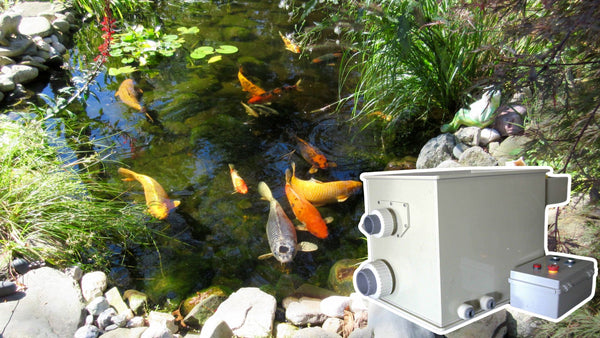

 Help Center
Help Center









